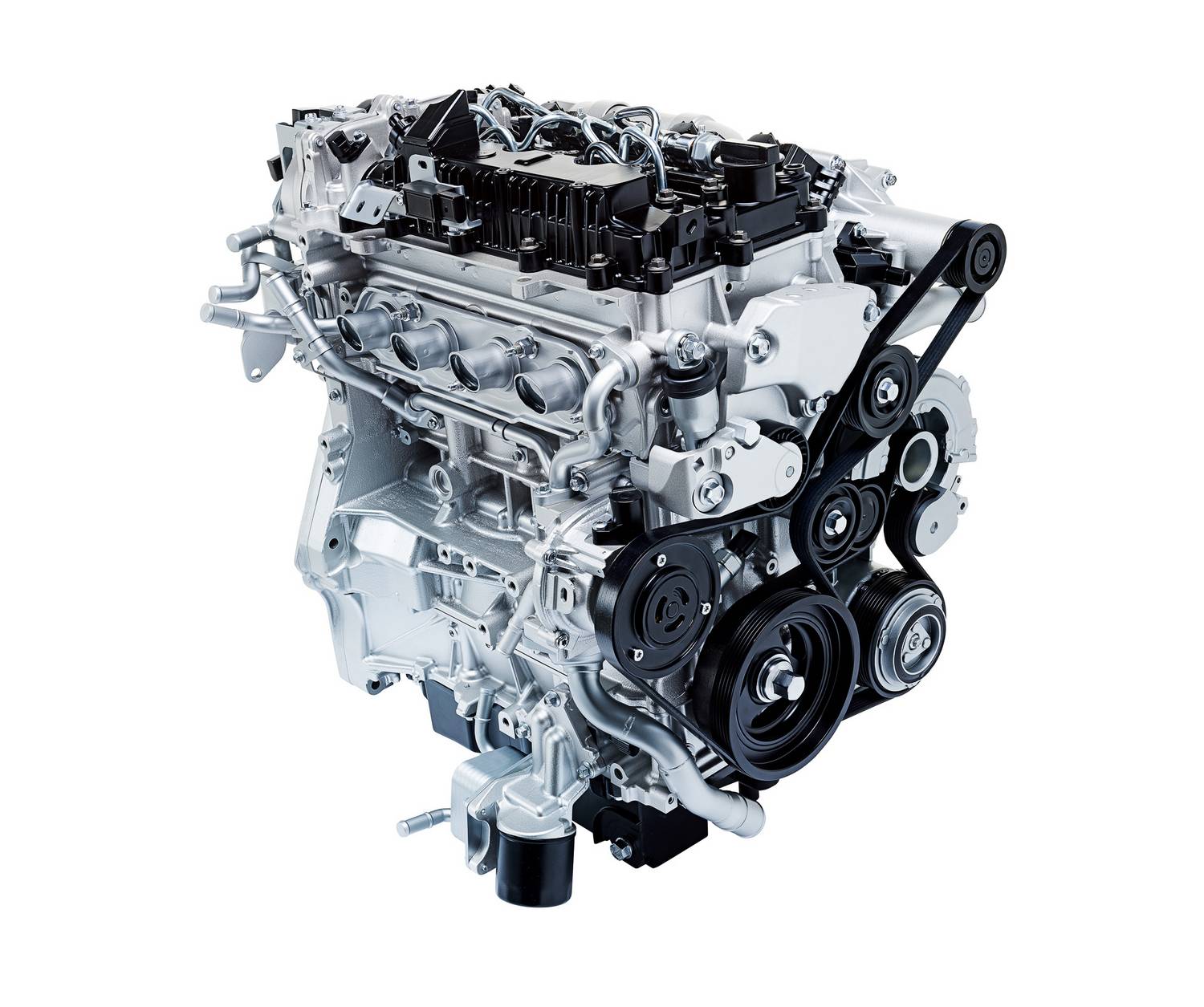The Skyactiv-X engine is something many manufacturers have tried before, but no one has been able to produce. An internal combustion engine is capable, in principle, of combining the useful properties of gasoline and diesel engines. It is also now clear what a lot of focal slag is useful: incredibly low consumption can be achieved with its use.
26
Photo gallery: Mazda Skyactiv-X technology
The 2-liter, four-cylinder compressor (we wrote more about it here) doesn’t look really powerful for its size. It has a maximum power of 180 hp at 6000 rpm and a maximum torque of 224 Nm at 3000. Similar power is produced from smaller, half-liter, single-cylinder turbo engines these days. Here, however, this performance correlates with really favorable consumption data. Measured according to the current WLTP standard, the new engine in the Mazda 3 sedan produces a fuel consumption of 4.3-9.3 liters and CO2 emissions of 122-157 g/km, which does not seem to be a bad result. Obviously, it would have been better if the NEDC consumption measurement had been maintained, with the lowest CO2 emissions of 96 g/km and a consumption of 3.9-6.6 liters, but these figures are now very interesting.
Skyactiv-X engines will be offered with a 24-volt lightweight hybrid system, which will also help reduce fuel consumption and CO2 emissions. The gasoline engine, which can also be used in self-ignition mode, will be available in four- and five-door versions of the Mazda 3, with front-wheel drive and all-wheel drive, as well as manual and automatic transmissions.












































